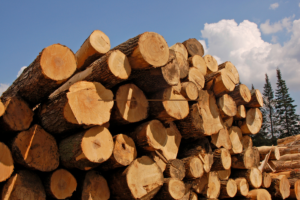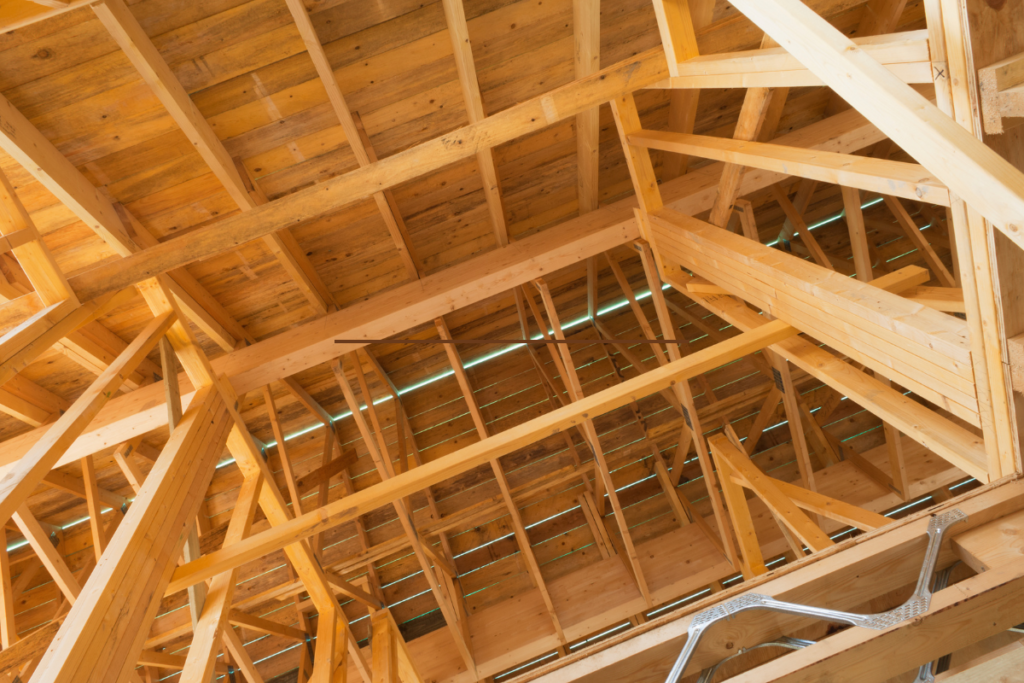 Introduction to timber budget planning:
Introduction to timber budget planning:
When it comes to construction projects, effective timber budget planning is essential for success. Timber is one of the most widely used building materials, and managing its cost effectively can make or break a project. Whether you are working on a small renovation or a large-scale building, budgeting your timber expenses will help you avoid costly oversights, save money, and ensure the quality of your materials.
In this article, we will explore the key elements of timber budget planning, including cost analysis, sourcing strategies, and tips for maintaining financial control over your project.
Importance of Timber Budget Planning
Timber is a versatile and renewable resource, often used in framing, flooring, and many other structural elements. However, poor planning for timber costs can lead to project delays, budget overruns, or even the use of substandard materials. Having a comprehensive timber budget plan helps to:
- Control Costs: A well-organized budget ensures that the costs associated with timber are kept under control. It helps avoid unexpected expenses that can derail the entire project.
- Ensure Quality: When you have a clear budget, you can invest in higher-quality timber that enhances the durability and aesthetics of the structure.
- Prevent Delays: With a proper budget in place, you can make timely purchases, ensuring that materials are available when needed and preventing delays due to lack of funds.
Steps to Effective Timber Budget Planning
1. Assess the Scope of Your Project
The first step in timber budget planning is to assess the full scope of your project. Consider the dimensions of the structure and the types of timber you will require. This might include softwood for framing or hardwood for finishing. The more precise you are with your project’s specifications, the easier it will be to estimate costs accurately.
2. Material Takeoff and Quantity Estimation
A critical aspect of timber budget planning is the material takeoff process. This involves calculating how much timber will be needed for each part of the project. You will need to factor in:
- Dimensions of timber pieces
- Types of timber required (softwood, hardwood, engineered wood)
- Additional materials such as adhesives or fasteners
This estimation provides a rough idea of how much timber you’ll need, which is vital for preparing a realistic budget.
3. Sourcing Timber
Where you source your timber has a direct impact on your budget. Some key considerations include:
- Local vs. Imported Timber: Locally sourced timber is generally cheaper because it doesn’t involve high shipping costs. Imported timber may provide better quality or aesthetic appeal but could significantly increase your expenses.
- Seasonal Price Fluctuations: The price of timber can vary depending on the season. Budget planners should account for potential fluctuations and aim to purchase during times of lower demand to secure better deals.
- Sustainable Timber Options: Environmentally-conscious projects may opt for FSC (Forest Stewardship Council) certified timber, which guarantees sustainable forestry practices. However, sustainable timber often comes at a higher cost.
4. Calculate Timber Costs
Once you have estimated the amount and type of timber required, the next step is to calculate its cost. Timber is typically priced per cubic meter, and prices can vary widely depending on the timber species, grade, and treatment. Other cost factors to consider include:
- Waste allowance: It’s common to order 10-15% more timber than your calculations indicate, to account for waste or cutting errors.
- Transport costs: Don’t forget to include the cost of transporting the timber to your construction site.
- Storage and handling: If timber needs to be stored for any length of time, costs for proper handling and protection must be included.
5. Compare Timber Suppliers
One of the best ways to manage your timber budget is by comparing different suppliers. Ask for quotes from multiple timber merchants to get the best price. Additionally, inquire about bulk purchasing discounts or loyalty programs, as these can further reduce costs.
6. Account for Installation Costs
In addition to the cost of purchasing timber, you’ll need to factor in installation expenses. These include:
- Labor costs: The cost of hiring skilled carpenters or construction workers to install the timber elements of your project.
- Tools and equipment: Any special tools required for cutting, sanding, or shaping timber will add to your total budget.
7. Plan for Contingencies
No budget is complete without a contingency plan. Construction projects are often subject to unexpected circumstances that can increase costs. It’s advisable to set aside 5-10% of your total timber budget for contingencies such as delays, timber waste, or price increases.
Common Mistakes in Timber Budget Planning
Failing to plan properly for timber expenses can lead to numerous problems, including running out of materials mid-project or having to compromise on quality to stay within budget. Some common mistakes to avoid include:
- Underestimating quantities: Incorrectly calculating the amount of timber required can lead to delays and additional expenses.
- Overlooking transport costs: Timber is bulky and heavy, which means that shipping and transport fees can be substantial.
- Not factoring in waste: Timber waste is inevitable due to cutting and fitting processes, so be sure to order more than you think you’ll need.
- Choosing the wrong grade: Opting for cheaper, lower-grade timber can result in higher long-term costs due to durability issues and frequent repairs.
Tools for Timber Budget Planning
Various tools can help streamline the timber budget planning process. These include:
- Construction Estimating Software: Tools like PlanSwift or Buildertrend allow you to input project details and generate cost estimates, including timber expenses.
- Spreadsheets: A well-organized spreadsheet can be a simple yet effective way to track timber costs, supplier quotes, and expenditures throughout the project.
- Online Timber Calculators: Several websites offer calculators that help estimate the amount and cost of timber based on your project’s specifications.
Effective timber budget planning is crucial for keeping your construction project on track and within budget. By assessing your project’s scope, estimating material quantities, comparing suppliers, and accounting for hidden costs, you can avoid financial pitfalls and ensure the success of your build.
Planning properly will help you avoid costly mistakes and allow you to invest in high-quality materials, leading to a more durable and aesthetically pleasing structure.
Are you looking for the best estimating services in USA?
Look no further than “https://zionestimating.com”
They are offering top-notch services like;
- Construction/cost estimation
- Budget planning
- Material takeoff
- Equipment estimation
and further more!!!
Here are some more information for your convenience:
Phone no. : +1 718-427-9941 || +1 562-383-6177
Email:[email protected]
Visit their blogs and site
https://zionestimating.com for the latest updates and service tips!
